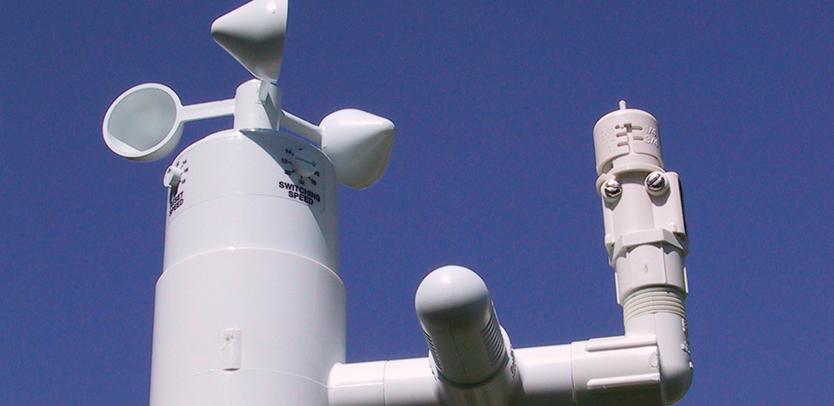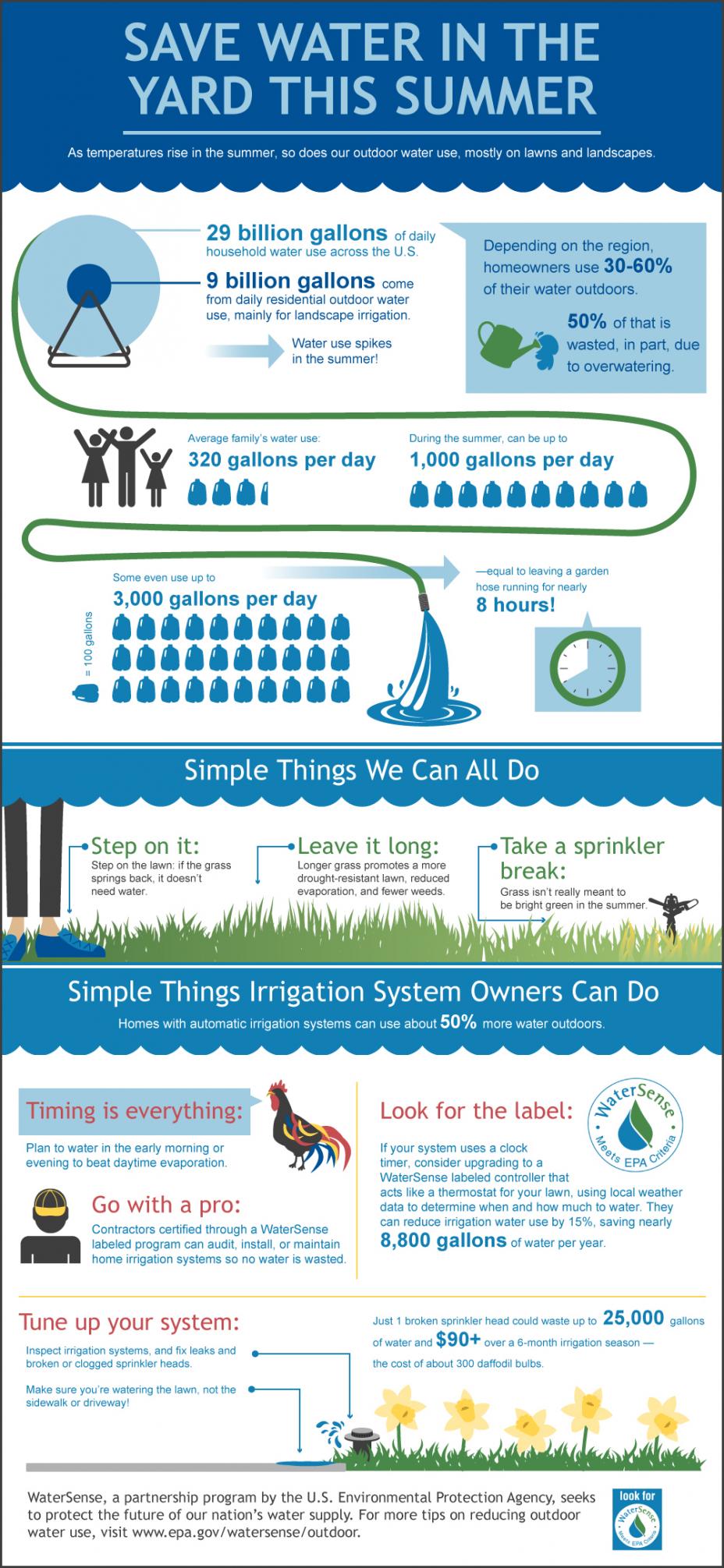
by Tom Barrett | Feb 9, 2022
The Latest Features from Hunter,
Rain Bird and Rachio
Has your business noticed an increased demand for smart irrigation controllers?
That’s because today’s young homeowners are more tech savvy than any previous generation. Having grown up around technology. they enjoy integrating various gadgets into their homes. For them, smart irrigation is a no-brainer.
As with most technology, updates to smart controllers are ongoing. Let’s take a look at some of the newest features for three brands.
Hydrawise, Hunter’s irrigation management platform, has been around since 2011, but is continually being updated with new capabilities.
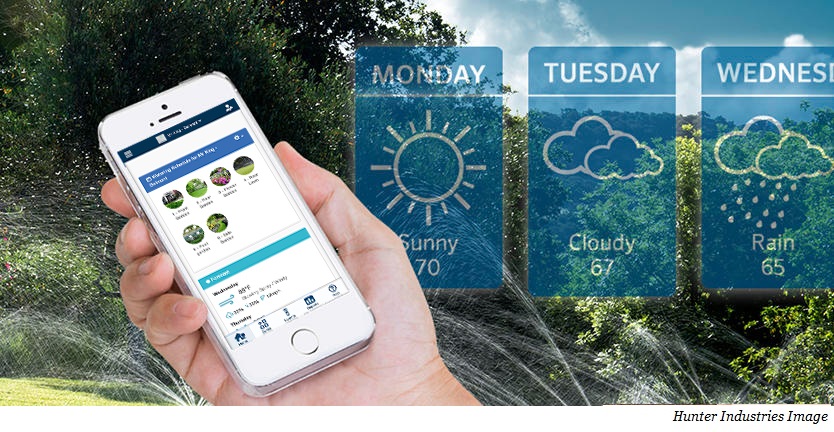 The Hydrawise cloud-based software is compatible with a range of Hunter controllers, and can also be used to retrofit an existing controller.
The Hydrawise cloud-based software is compatible with a range of Hunter controllers, and can also be used to retrofit an existing controller.
Hydrawise technology includes a Predictive Watering™ feature that automatically adjusts watering schedules based on a variety of environmental factors, such as past, current and forecasted temperature, rainfall, humidity, and wind speed. The controller gathers this information via the Weather Underground’s live stream of forecasts and current weather data.
Hydrawise controllers offer the option of adding multiple weather stations, as well as accessing national weather stations (such as those located at airports).
No Wi-Fi?
Wi-Fi capability is built into the Hydrawise controller. But for homeowners who do not yet have Wi-Fi, these controllers include a touch screen that enables easy programming without Wi-Fi connectivity.
And it offers manual seasonal adjustment settings from 0% to 300% when programming offline.
Hydrawise software is available via web login, and as a downloadable app from the Apple® App Store or Google Play™ Store. And it can be voice activated through Amazon Alexa, HomeSeer, or Control4devices home automation technologies.
Optional add-on flow meters are easy to install. Every Hydrawise controller has built-in meter sensors to generate interactive reports of water usage and watering activities, as well as automatic alerts in the event of broken pipes or faulty valve wires.
An 8-zone Hydrawise HPC smart controller retails for about $330.
The ST8-2.0 is Rain Bird’s 8-zone smart controller with an improved Wi-Fi connection and app connection speed. (Note: Wi-Fi is not built in; an add-on module is required.)
 Rain Bird’s downloadable app is available from the Apple® App Store or Google Play™ Store.
Rain Bird’s downloadable app is available from the Apple® App Store or Google Play™ Store.
The Rain Bird app is fully customizable, so every zone can be set up with a different name, photo, frequency, start time and run time.
The controller’s automatic seasonal adjust feature takes into account season, local weather, temperature and humidity. Forecasts are based on zip code averages and on-site weather stations.
Water Savings
Architecture Lab rates the Rain Bird ST8-20 as one of the best for its water-saving features.
Extensive testing and EPA certification ensure a minimum of 20% water savings over other conventional devices available on the market.
The ST8-2.0 also has a Rain Delay feature, which allows homeowners to manually stop scheduled irrigation for up to 14 days. Afterward, irrigation will begin again according to the automatic schedule. It also can enable manual watering for a single zone or all zones.
The Rain Bird app also enables notifications to be sent regarding watering events, freeze warnings or whenever watering has been delayed. And it can provide water usage reports to maximize efficiency.
The ST8-2.0 uses manual controls with an LED display as well as voice control via Amazon Alexa and Google Assistant. It’s available in both indoor and outdoor models for around $160.
Rachio is a relative newcomer to the irrigation industry, having been founded in 2013. As a result, the company produces only smart irrigation controllers; conventional controllers are not available.
 The Rachio 3 8ZULW-C is an 8-zone smart controller that can be Installed in 30 minutes or less without the use of special tools. As with Hydrawise and Rain Bird, the Rachio downloadable app is available from the Apple® App Store or Google Play™ Store.
The Rachio 3 8ZULW-C is an 8-zone smart controller that can be Installed in 30 minutes or less without the use of special tools. As with Hydrawise and Rain Bird, the Rachio downloadable app is available from the Apple® App Store or Google Play™ Store.
The 8ZULW-C uses a system called Weather Intelligence Plus to provide “hyperlocal” weather scheduling, by combining Weather Underground data (from national weather stations, satellites and radar) with data from 270,000 personal weather stations, so forecasting is accurate to the location of the controller. The Weather Intelligence Plus system includes a self-healing feature that will automatically switch to the closest reporting station if the selected weather station stops reporting data for three or more days. Rachio will then send a notification of the change via email.
Easy Installation
With the Rachio 3 series, setup is a snap. Pop off the magnetic cover to expose the wire clip terminals. Then, using your fingertip, easily slide the wire leads into the connectors – no tools required.
Once the leads are connected, plug in the controller, pop the lid back on, and continue setup via the Rachio app.
This Rachio controller has an operating temperature range of -31 to 140 degrees Fahrenheit, and includes both rain and soil sensors. In addition, it offers multiple “skip” features that allow users to automatically skip unnecessary watering due to rain, wind or freeze. Water usage and savings reports provide both real-time and historical data.
The 8ZULW-C controller works with most major smart-home platforms, such as Amazon Alexa, Apple HomeKit, and Google Assistant. The Rachio 3 8ZULW-C retails for about $250.00. (A weatherproof enclosure is sold separately for $29.) Optional flow meters are available as an add-on.
Sources:
Featured Image: Adobe, License Granted
Hunter Industries
Rain Bird
Rachio

by Tom Barrett | Aug 5, 2020
Are Your Customers Still Using Standard Irrigation Timers?
Smart technology may be everywhere, but irrigation contractors know that standard, old-school irrigation timers are still very much out there.
These basic clock timers are still being manufactured, installed and maintained—so they’re not going anywhere soon. According to Rick Arena, a training manager at SiteOne in North Carolina, “Probably 75% or more of all controllers sold right now are still the old style.”
And while they’re not capable of making any complicated decisions, for certain applications, these “old timers” are actually better suited.

How to Get Smarter
Just about every “dumb” irrigation controller made in the last decade or two includes sensor terminals for connecting to a rain or soil-moisture sensor.
Numerous add-on devices are available, such as:
Hunter’s Rain-Clik, Mini-Clik, Freeze-Clik, Soil-Clik and Mini-Weather Station devices, which will work with virtually any controller.
Rain Bird offers a LNK Wi-Fi module for weather-based water management, which can be plugged into any of their ESP-TM2 and ESP-Me Series controllers that were manufactured after Nov. 2, 2016. For Rain Bird controllers made before that date, a Wi-Fi-compatible replacement panel can be installed.
ETwater from Jain offers a retrofit smart controller which can be attached in less than 10 minutes and is compatible with all irrigation controller brands.
Keep It Coming
A perfect example is a new lawn, whether sod or seed. With standard irrigation timers, the water is applied at regular intervals with no exceptions. Which is what you want with new turf: frequent, short bursts of water for at least 30 days, until the grass takes root.
In fact, standard timers are often installed (at least temporarily) to maintain curb appeal for newly built homes.
Paradign Shift
Another reason standard timers are still in demand is their simplicity. As it turns out, not every homeowner wants an irrigation controller that uses ET data, local weather forecasts or various sensors for its watering schedule.
Rain Bird product manager James Harris explains it this way: “New technology like smart controllers always has an adoption curve, and not everyone is ready to adopt it at the same time.”
Particularly for some older homeowners, a smart controller may as well be speaking a foreign language. They can be baffled by all the settings. And they’re not interested in investing their time learning to set up and use the latest technology. Millennials, on the other hand, naturally gravitate toward and embrace technological advances. As this younger demographic continue to purchase homes, the demand for smart controllers will likely increase.
–Article Continues Below–

This required paradigm shift applies to contractors, as well. Ramzi White is a SiteOne key account manager in Texas. He says the standard Hunter or Rain Bird clock timers are still his best sellers. In fact, many contractors in his area don’t really even know what a smart controller is.
Know Your Customer
As an irrigation contractor, the decision to offer smart technology to your clientele often comes down to knowing the customer. A 70-year-old who’s just learning how to email and text is probably not a good prospect for a smart controller. Some younger people may also prefer to have fewer bells and whistles.
But generally speaking, homeowners in their mid-40s or younger, who’ve essentially grown up with technology, enjoy integrating new gadgets into their homes. For them, smart controllers can be a very easy sell.
Sources:
Featured Image: Adobe, License Granted
Irrigation & Green Industry
Jain USA
Rain Bird

by Tom Barrett | May 8, 2019
Landscape Irrigation Improves Curb Appeal
Did you know that installing a landscape irrigation system is one of the top five improvements you can make to increase your home’s marketability?
It’s true, according to the popular informational website LifeHacker. Real estate appraiser Tom Ferstl of Little Rock, Ark., explained that many homeowners don’t want to be bothered with maintaining a stunning, landscaped garden. “So planting tons of trees, bushes or flowers isn’t necessarily going to elevate your home’s value. But everyone wants green grass, so adding a sprinkler system that automatically turns on and off is a good investment.”
–Article Continues Below–

A landscape irrigation system can help ensure that your home has maximum curb appeal — a key factor if you’re trying to sell. In this way, the system indirectly increases a home’s market value. Since attractive landscaping requires sufficient watering, the automatic irrigation ensures protection of your investment. By enabling plants to live longer and grow healthier over time, the system increases property value.
The Convenience Factor
A landscape irrigation system also adds value through convenience. Many potential home buyers want a yard that is easily maintained and convenient to water, and an irrigation system meets those demands. HGTV agrees that for homeowners who are pressed for time, “an irrigation system is ideal.”
 According to Freshome, “An irrigation system that works properly and covers the full yard can add value.” The online home improvement magazine listed installing an irrigation system as one of the “15 Best Ways to Increase the Value of Your Home.”
According to Freshome, “An irrigation system that works properly and covers the full yard can add value.” The online home improvement magazine listed installing an irrigation system as one of the “15 Best Ways to Increase the Value of Your Home.”
But it’s important that the system be installed by a professional, Freshome states. A poorly designed irrigation system can significantly detract from the value of a property. (And you can end up doing more damage than good, says appraisal expert Leslie Sellers.)
Likewise, the system should be kept fully functioning, as proper maintenance and upkeep contribute to its added value.
The Value of Smart Technology
Did you know that millennials represent the largest share of potential home buyers? That’s according to a recent National Association of Realtors (NAR) study. So, if you’re selling your home, this is a market you can’t afford to ignore.
 And what are millennials looking for in a home? Smart technology. In fact, Better Homes and Gardens recently found that 64% of the millennials they surveyed were interested in having smart technology in their homes. To this market, smart irrigation just makes sense, as a time saver and for water conservation purposes.
And what are millennials looking for in a home? Smart technology. In fact, Better Homes and Gardens recently found that 64% of the millennials they surveyed were interested in having smart technology in their homes. To this market, smart irrigation just makes sense, as a time saver and for water conservation purposes.
Which is why Upnest, a realtor-comparison website, recently included smart irrigation systems as one of “7 Smart Home Technology Upgrades That Increase the Value of Your Home.” Energy efficiency is another important factor to millennials, and what could be more efficient that smart irrigation? Instead of requiring the homeowner to set a schedule, smart irrigation controllers use real-time weather information to create a watering schedule that better matches plants’ water needs. (See related article, “Saving Water Through Hydrozoning.”)
The EPA estimates that replacing a standard clock timer with smart controller can save nearly 8,800 gallons of water annually.
The Bottom Line
Even the most expensive landscaping isn’t worth much unless it’s maintained through proper irrigation.
The bottom line: A landscape irrigation system will help your home sell quickly. This is especially true if you’re competing with other homes in the same area. So if you want home to stand out and become more marketable, contact an Ohio irrigation contractor today.
Sources:
LifeHacker
PocketSense
Freshome
HGTV

by Tom Barrett | Aug 9, 2017
Incorporating Wi-Fi Technology into Your Irrigation Business
Are you still in the dark about how to best incorporate Wi-Fi-based irrigation technology into your business?
The national Irrigation Association recently aired a webinar focused on the growing popularity of this technology, as well as the advantages and opportunities it brings to the landscape irrigation market. To purchase the webinar, click here.
Landscape Management magazine recently spoke with webinar presenters Stuart Eyring, president of Hydro-Rain, and Chris Klein, CEO and co-founder of Rachio. Here are some highlights of that interview:
How They Work
Q: How do Wi-Fi irrigation controllers work?
 Chris Klein (CK): A Wi-Fi-based irrigation controller uses the homeowner’s Wi-Fi network to connect to the cloud. That’s where a lot of the process and scheduling takes place, and then that information is sent back down to the controller. You can have access to it through an app on any device you want—a desktop computer, mobile phone, tablet, etc.—and they all communicate with the same computers in the cloud.
Chris Klein (CK): A Wi-Fi-based irrigation controller uses the homeowner’s Wi-Fi network to connect to the cloud. That’s where a lot of the process and scheduling takes place, and then that information is sent back down to the controller. You can have access to it through an app on any device you want—a desktop computer, mobile phone, tablet, etc.—and they all communicate with the same computers in the cloud.
Q: Have you seen examples of Wi-Fi controllers being used to upgrade older systems?
CK: Yes, this is happening at a rapid pace. Eighty-five percent of our customers are replacing working controllers, and it’s just as easy as replacing any other controller.
Q: How do you program Wi-Fi controllers?
Stuart Eyring (SE): In terms of programming, the smartphone apps dramatically add to the ease of which programing is done—it’s much better than programming a typical display controller. But there’s a difference in comfort level in terms of where the user base is coming from. There is a transition point to getting people comfortable with this.
Weather Station Access
Q: Traditional smart controllers had their own weather instruments on-site, but Wi-Fi-based irrigation controllers now have access to millions of weather stations. How do they get evapotranspiration (ET) information?
CK: We use a variety of weather data providers and run them through equations to get ET. This process is getting more and more sophisticated. The other cool thing is homeowners can choose a weather station, which promotes continued engagement with their irrigation system.
 SE: In our case, we use the National Oceanic and Atmospheric Administration’s National Weather Service database in the U.S. Internationally, we use a database out of Norway. But it actually can be very helpful to have a rain sensor at the location, as well, because it can improve reliability.
SE: In our case, we use the National Oceanic and Atmospheric Administration’s National Weather Service database in the U.S. Internationally, we use a database out of Norway. But it actually can be very helpful to have a rain sensor at the location, as well, because it can improve reliability.
Q: So you can add other sensors to a Wi-Fi controller?
SE: Yes, we’ve seen an increase in the use of sensing devices like weather stations and moisture sensors on-site that improve the quality of data.
Connections, Security and Updates
Q: What happens to the controller if it loses the Wi-Fi connection?
SE: The majority of the data is kept in the cloud, but there is a basic operating program that’s stored on the actual controller. While the controller won’t typically make any adjustments based on environmental conditions while in that mode, it will continue to run. When the connection is reestablished, the adjustments will begin again. This is typical across manufacturers.
Q: How do you protect security in terms of Wi-Fi and passwords?
SE: Security definitely can be a concern to a homeowner when they allow someone access to their network. But there is a difference between a contractor connecting to a homeowner’s network and connecting through the cloud. In an ideal case, the homeowner is sharing an access code through an app that would allow their contractor to control the system through the cloud, but not have access to the homeowner’s network.
Q: What happens if I buy my controller today and in 60 days it’s out of date?
CK: Updates to the firmware and the app happen automatically, so customers always have the latest and greatest version. In terms of hardware, who knows what will happen in the future, but as of now, our Generation 1 and 2 products work the same.
SE: In most cases, you won’t even know the firmware has been updated unless you go in and look at it.

Opportunities and Support
Q: What are the business impacts and opportunities that can be enjoyed by contractors venturing into this arena?
CK: There is a great opportunity to impact a contractor’s business by having a number of connected customers. By installing that product and working with them you have a connection with them. You can stay in touch, the homeowner knows where to go for help and it presents an opportunity for customer retention.
Q: What about support? How do you help contractors when they are stuck?
CK: We have a dedicated contractor phone line and can be reached through email and chat, too.
SE: We have noticed that there is really more upfront hand-holding required. But once the Wi-Fi-based irrigation controller is installed and operating, support requirements go down. That’s because of the ease of the interface and how intuitive it is. Getting started can be challenging, but once contractors get the hang of it, it’s really very easy.
Sources:
Landscape Management
Irrigation Association
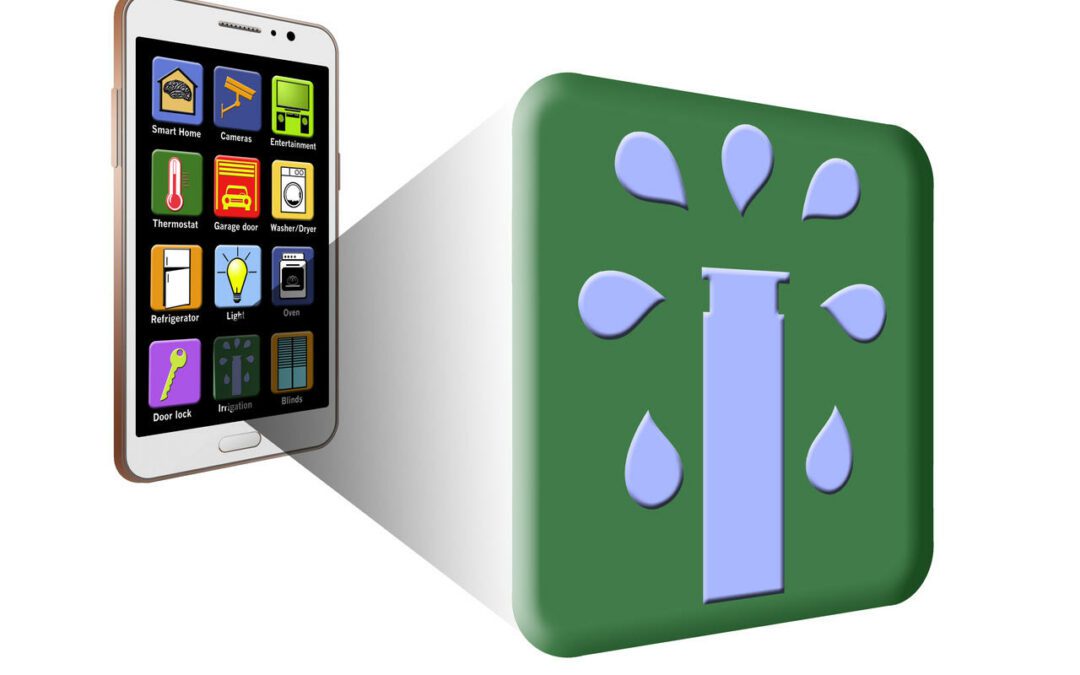
 The Hydrawise cloud-based software is compatible with a range of Hunter controllers, and can also be used to retrofit an existing controller.
The Hydrawise cloud-based software is compatible with a range of Hunter controllers, and can also be used to retrofit an existing controller.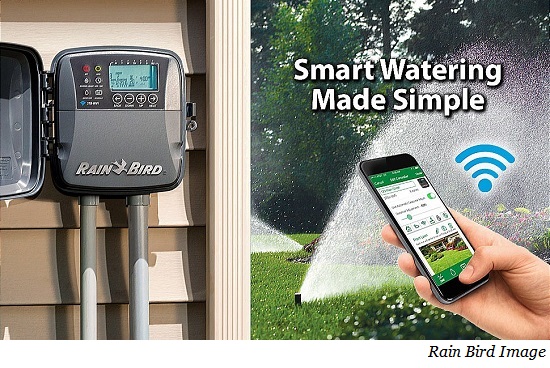 Rain Bird’s downloadable app is available from the Apple® App Store or Google Play™ Store.
Rain Bird’s downloadable app is available from the Apple® App Store or Google Play™ Store. 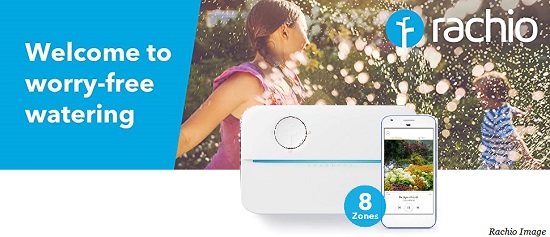 The Rachio 3 8ZULW-C is an 8-zone smart controller that can be Installed in 30 minutes or less without the use of special tools. As with Hydrawise and Rain Bird, the Rachio downloadable app is available from the Apple® App Store or Google Play™ Store.
The Rachio 3 8ZULW-C is an 8-zone smart controller that can be Installed in 30 minutes or less without the use of special tools. As with Hydrawise and Rain Bird, the Rachio downloadable app is available from the Apple® App Store or Google Play™ Store.
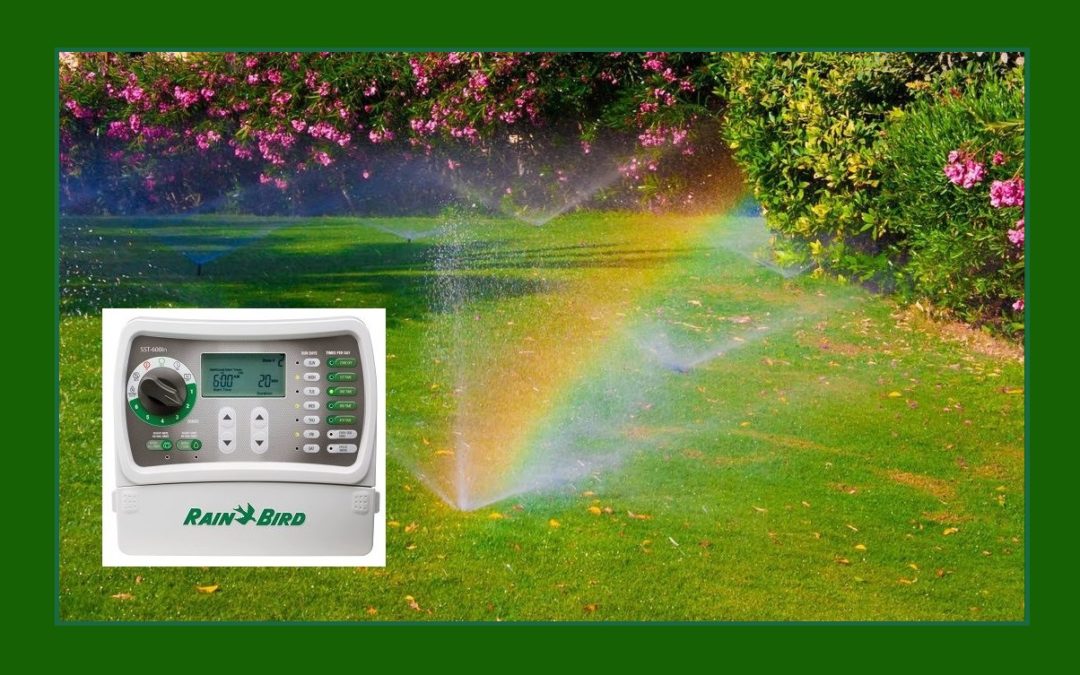
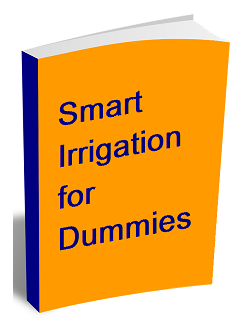

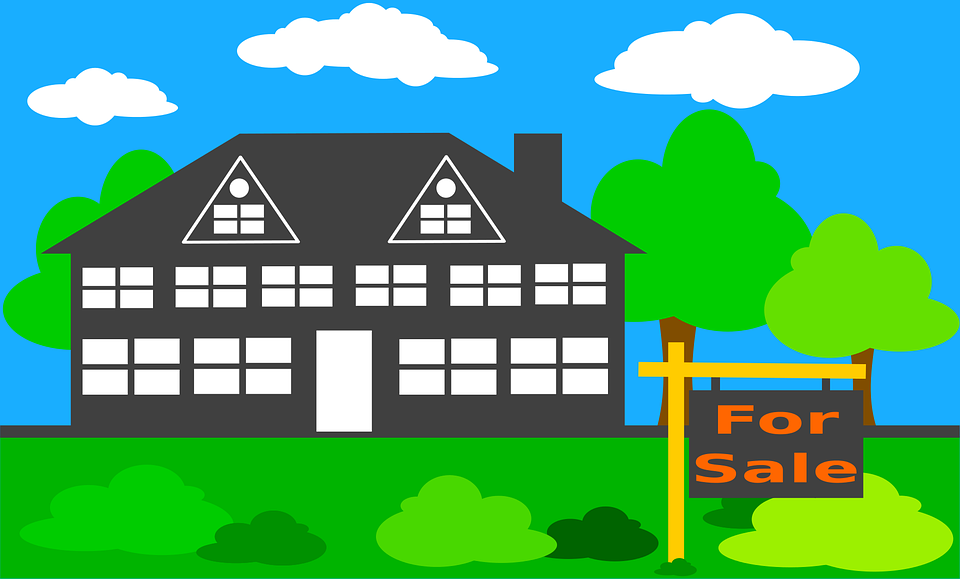
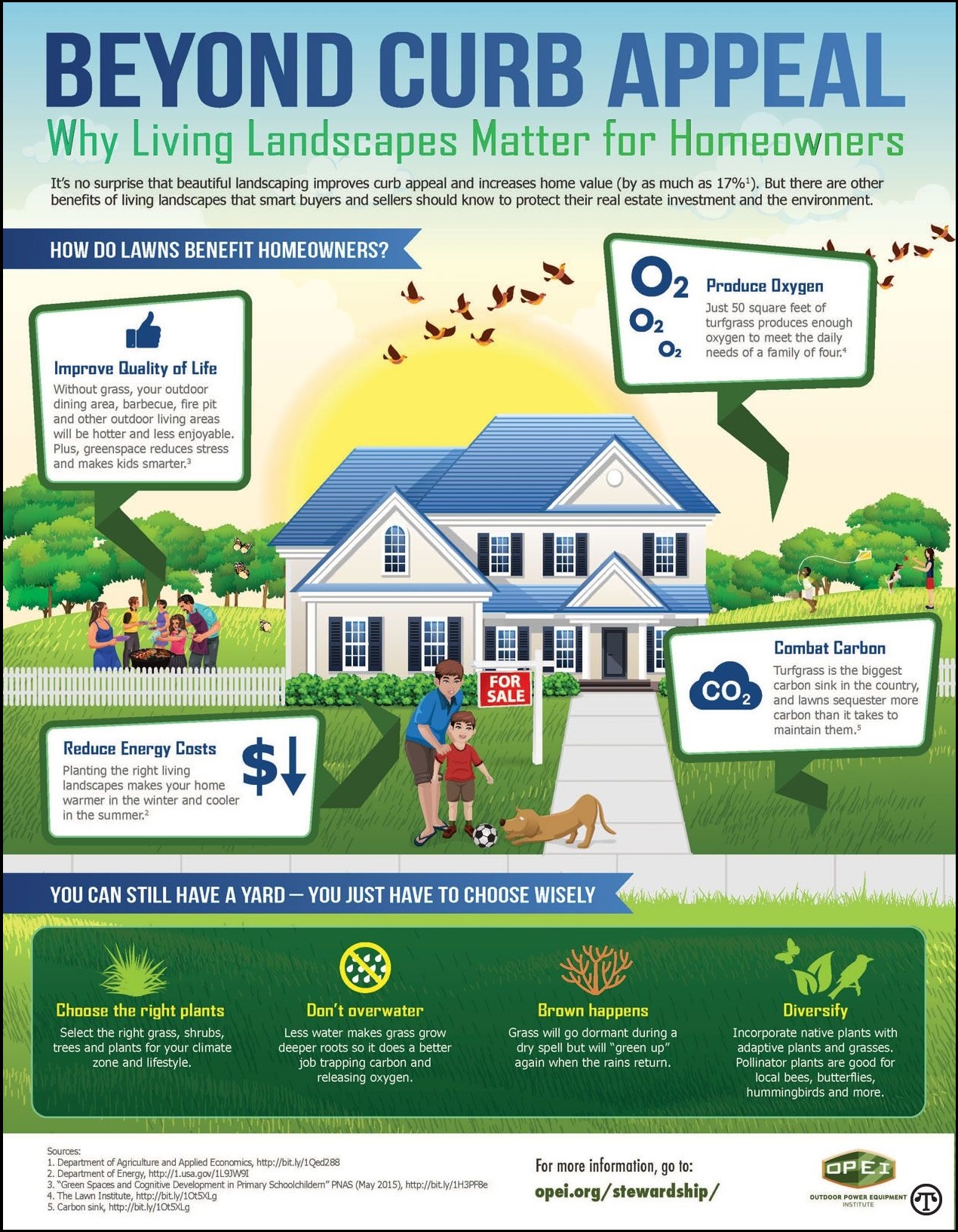
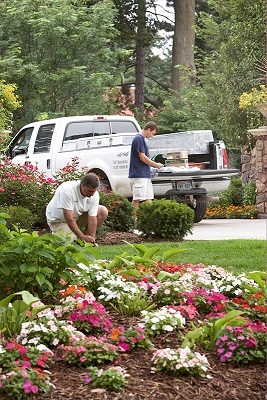 According to
According to  And what are millennials looking for in a home? Smart technology. In fact,
And what are millennials looking for in a home? Smart technology. In fact, 
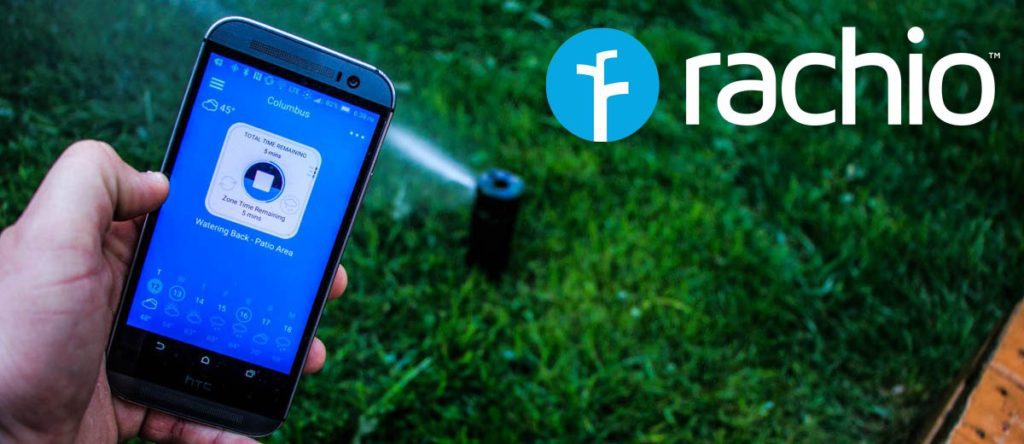 Chris Klein (CK): A Wi-Fi-based irrigation controller uses the homeowner’s Wi-Fi network to connect to the cloud. That’s where a lot of the process and scheduling takes place, and then that information is sent back down to the controller. You can have access to it through an app on any device you want—a desktop computer, mobile phone, tablet, etc.—and they all communicate with the same computers in the cloud.
Chris Klein (CK): A Wi-Fi-based irrigation controller uses the homeowner’s Wi-Fi network to connect to the cloud. That’s where a lot of the process and scheduling takes place, and then that information is sent back down to the controller. You can have access to it through an app on any device you want—a desktop computer, mobile phone, tablet, etc.—and they all communicate with the same computers in the cloud.